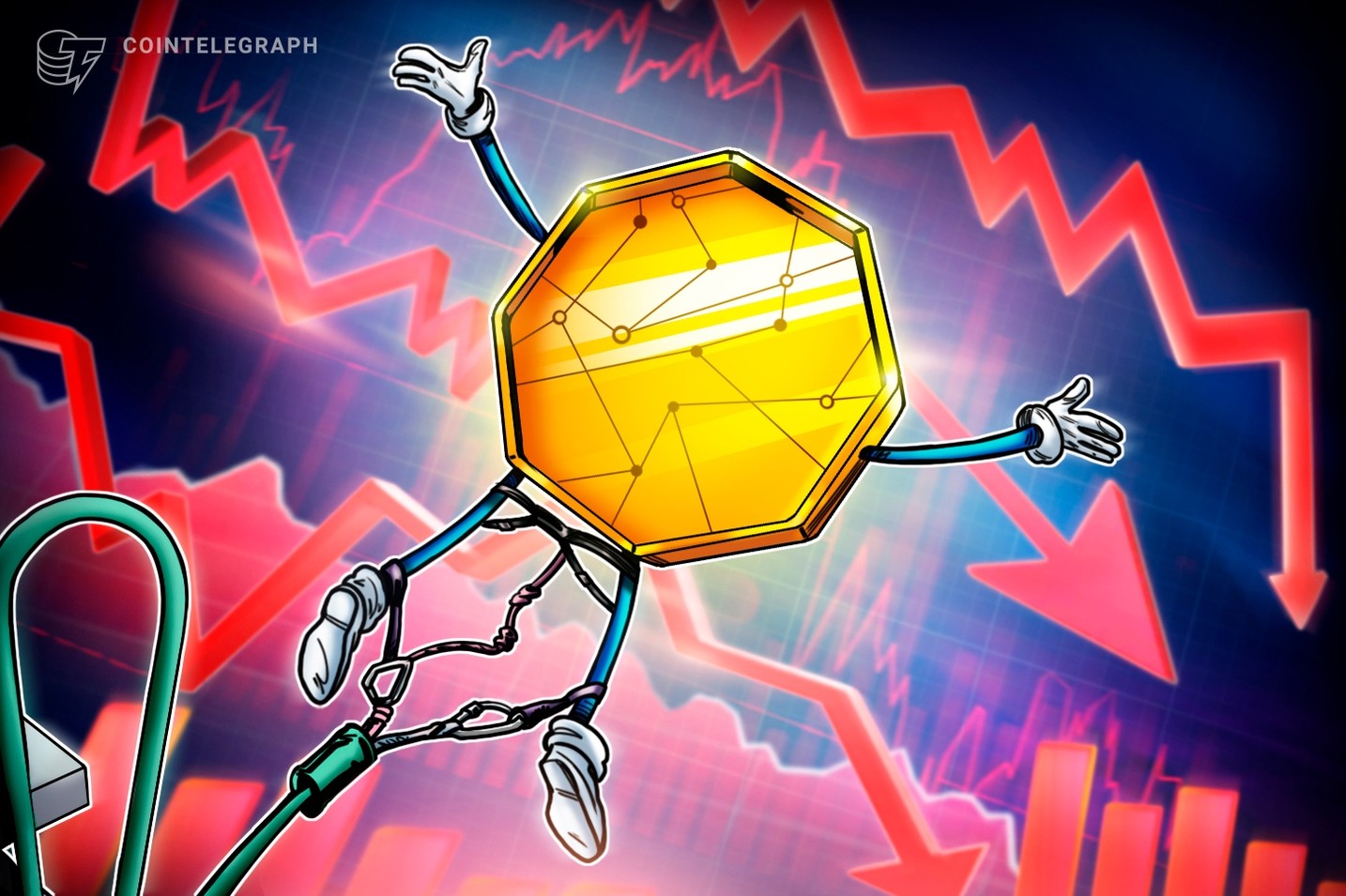Solana price drops as memecoins fade and SOL unlock concerns emerge
Trader’s interest in Solana is strong, but declining memecoin prices and SOL token unlocks have put a cap on the altcoin’s rally.

Altcoin Watch
Key takeaways:
-
Solana’s strong network activity contrasts with SOL’s token unlock schedule.
-
MEV issues and memecoins’ price decline pose a risk to Solana’s growth potential.
Solana’s native token, SOL (SOL), dropped 10% following a sharp rejection at the $185 level on May 23. The current $167 mark is the lowest in over a week, leading traders to question the reasons behind the recent decline and whether SOL might revisit the $142 support level.
Despite the price drop, SOL holders can take some comfort in Solana’s position as the second-largest network in terms of total value locked (TVL). Still, Ethereum’s dominance remains unchallenged, supported by a broad layer-2 ecosystem that offers low fees and high scalability.
Solana’s current $11 billion in TVL marks a 14% increase over the previous month, although Ethereum posted even stronger growth. Notable developments on Solana include a 48% growth in Raydium’s deposits and a 28% increase in Marinade’s TVL. However, growth was more modest across other decentralized applications (DApps) like Jupiter, Kamino, and Drift.
Solana volumes and fees surpass Ethereum
Bulls remain confident that Solana’s position is secure, thanks to its efficient integration of Web3 applications with mobile wallets. Over the past 30 days, trading volume on Solana’s decentralized exchanges (DEXs) reached $94.8 billion, surpassing Ethereum’s $64.8 billion in onchain activity, according to data from DefiLlama.
SOL bears highlight the increasing DEX activity on Ethereum’s layer-2 ecosystem, which reached $59.2 billion over the past 30 days. While this trend is undeniably significant, it hasn’t translated into higher fees. Ethereum enables rollups to consolidate data into blobs, reducing costs, whereas Solana captures more value from onchain activity.
This contrast is evident in the fee data: over 30 days, Solana generated $48.7 million in fees, compared to Ethereum’s $36.9 million, despite Ethereum having a significantly larger deposit base. Meanwhile, BNB Chain, despite a recent uptick, lags behind with only $15.1 million in fees, making it easier for projects to artificially inflate volume figures.
Another factor weighing on investor sentiment is the anticipated unlocking of 3.55 million SOL between June and August, valued at approximately $600 million at current prices. Analysts note that most of these tokens were acquired from the bankrupt FTX/Alameda estate at around $64, potentially limiting the token’s upside.
Although Solana offers an 8% yield for validators, well above Ether’s 3%, its supply expands at an annualized rate of 5.2%, according to StakingRewards. As a result, SOL’s net staking return is lower than yields offered by many DApps on stablecoin deposits.
SOL suffers from MEV and declining interest in memecoins
Solana network’s high throughput comes with trade-offs, particularly regarding validator incentives linked to MEV (maximum extractable value). Validators can increase their earnings by reordering transactions, which opens the door to sandwich attacks and front-running practices that harm regular traders. According to Dan Robinson, a researcher at Paradigm, MEV is Solana’s “biggest problem.”
Traders are also questioning the long-term viability of Solana-based memecoins after several posted sharp weekly declines. Official Trump (TRUMP) dropped 24%, while FARTCOIN and POPCAT lost 20%, and Pudgy Penguins (PENGU) fell 17% over the past seven days. A sustained drop in DEX activity would further pressure SOL’s performance.
Despite these risks, Solana’s strong performance in both trading volume and total deposits suggests there is no immediate sign of underperformance relative to the broader altcoin market. However, token unlocks scheduled over the coming months significantly reduce the odds of SOL reclaiming $200.
This article is for general information purposes and is not intended to be and should not be taken as legal or investment advice. The views, thoughts, and opinions expressed here are the author’s alone and do not necessarily reflect or represent the views and opinions of Cointelegraph.





